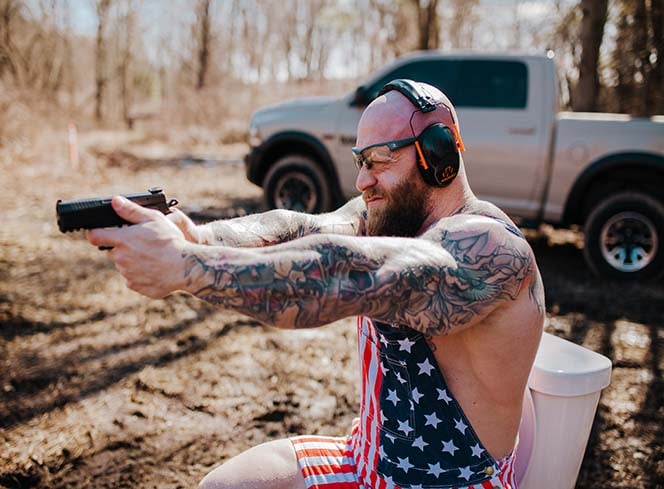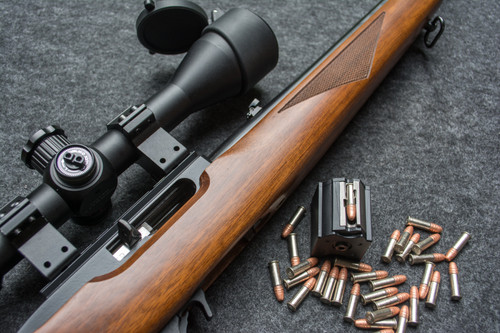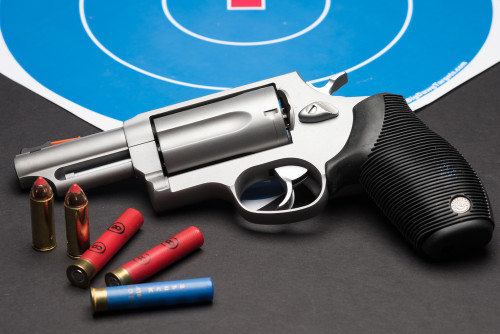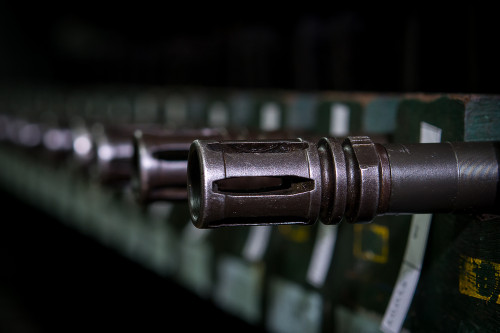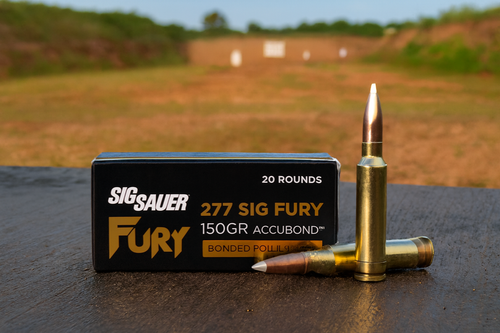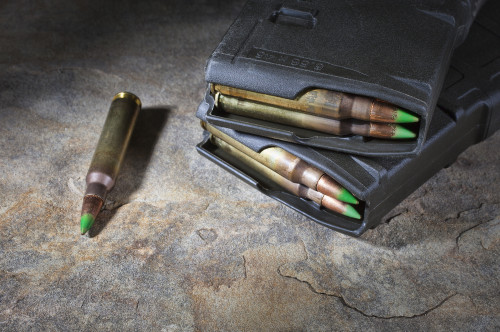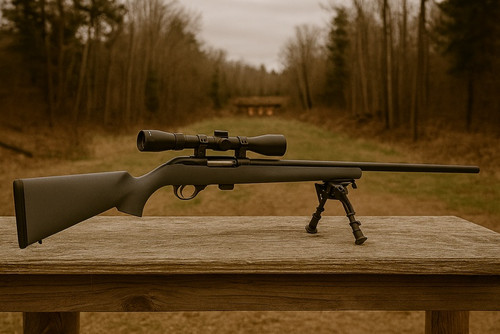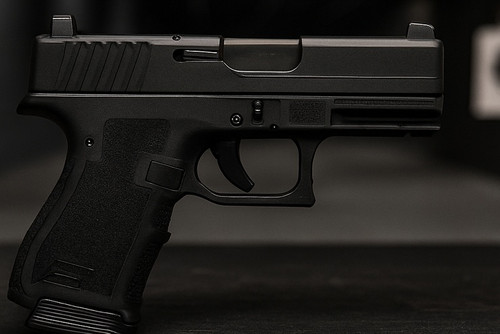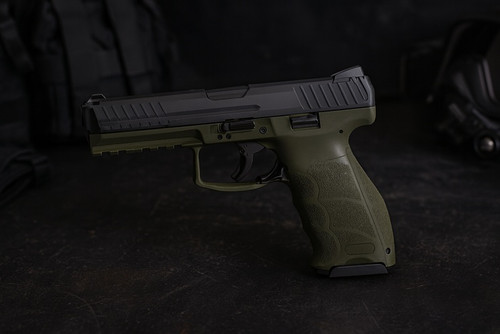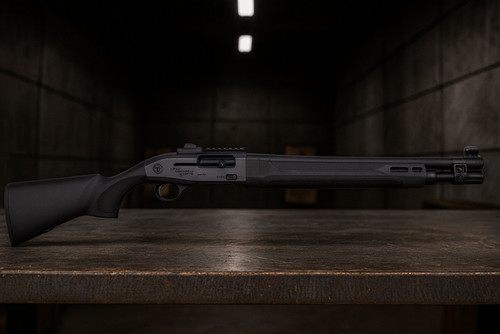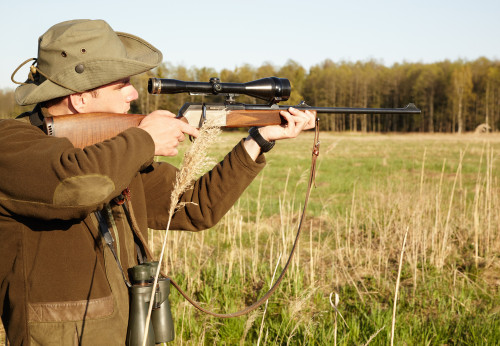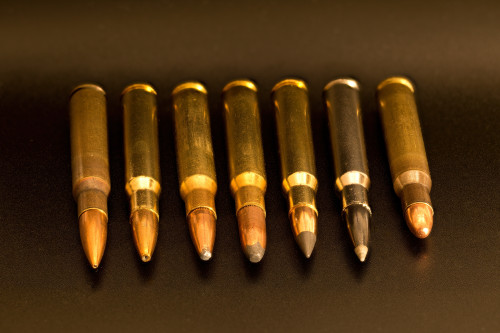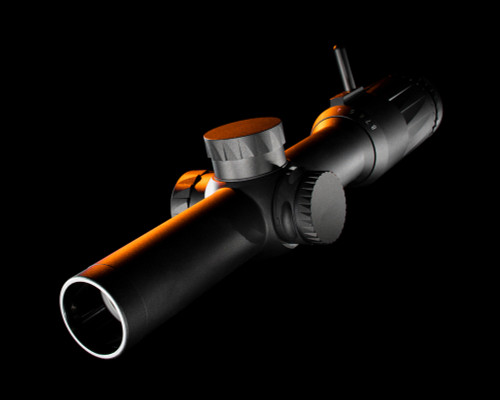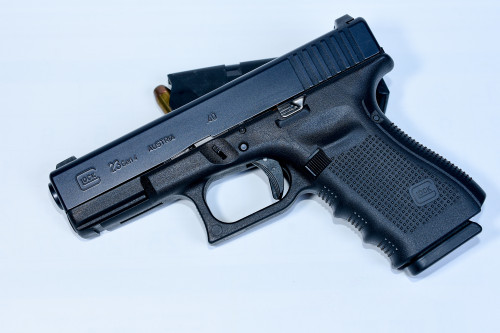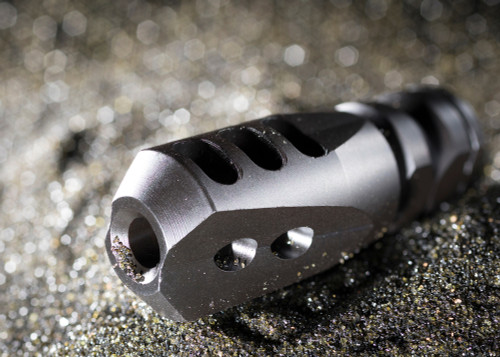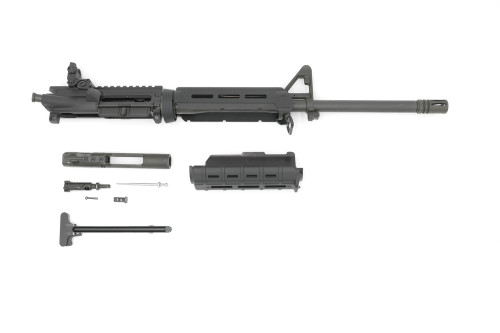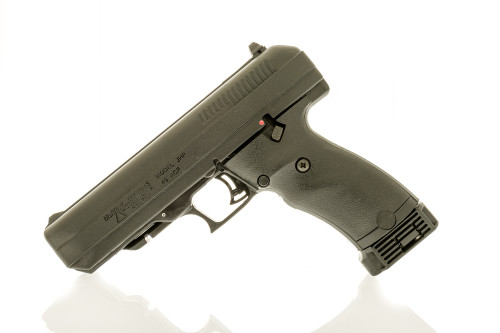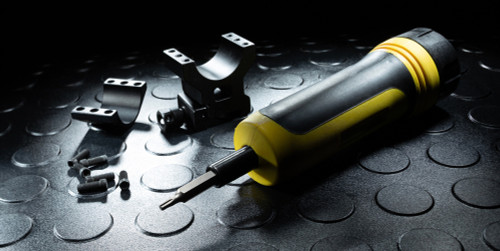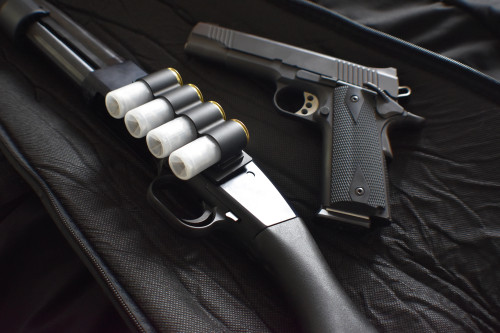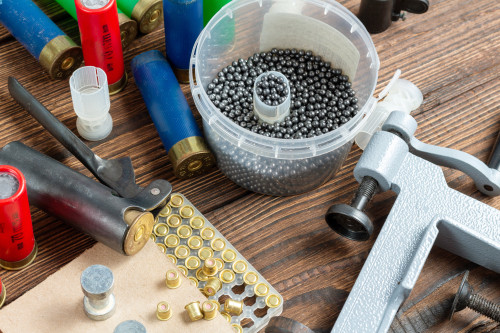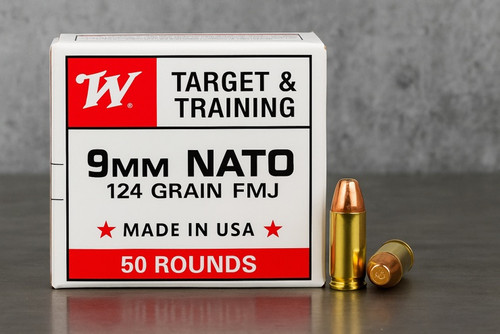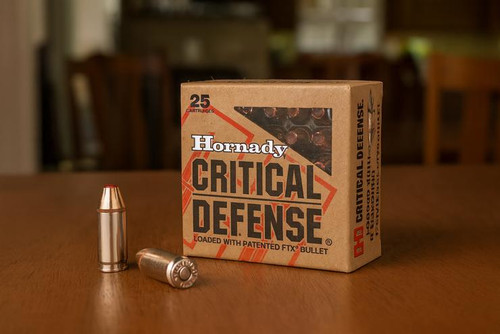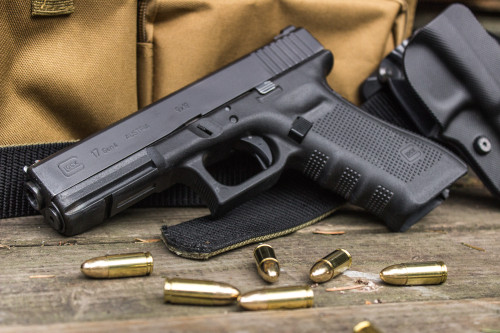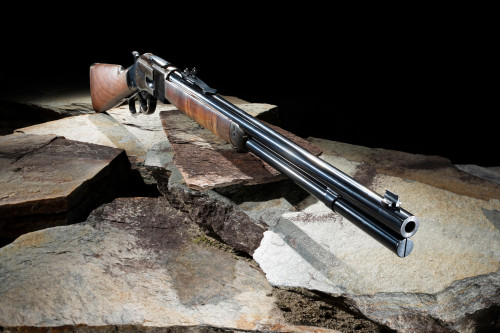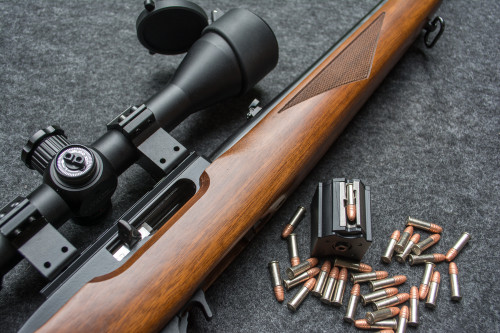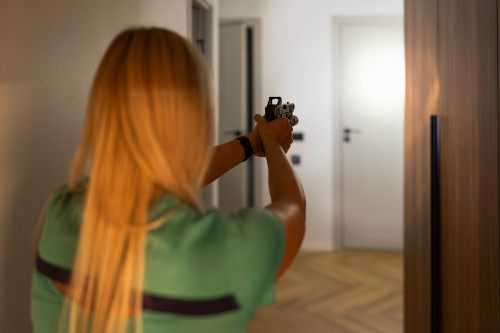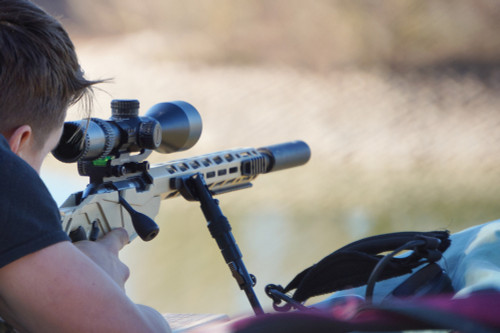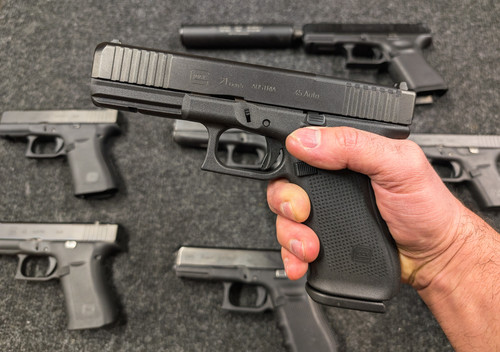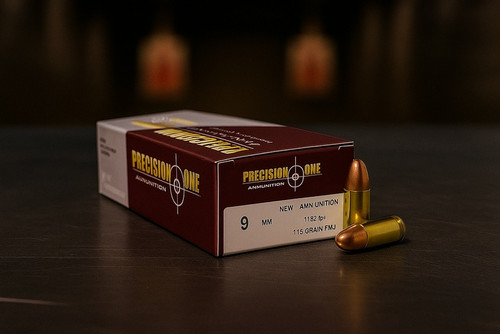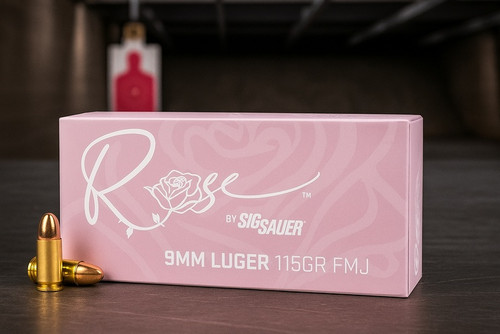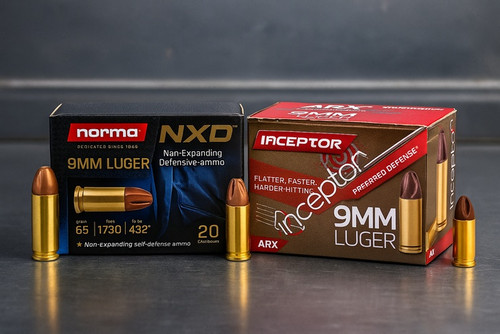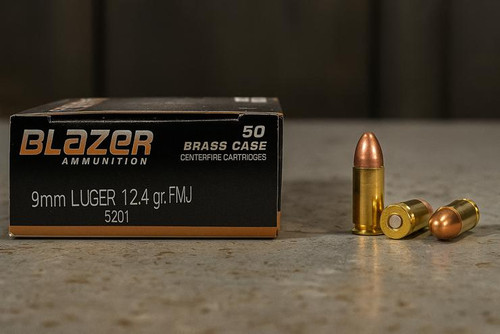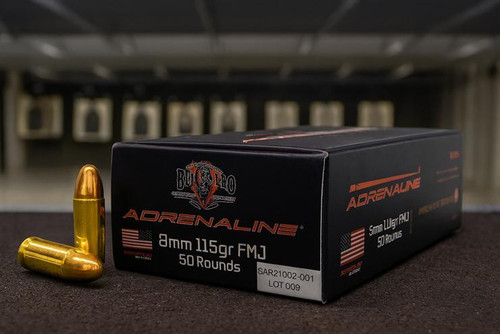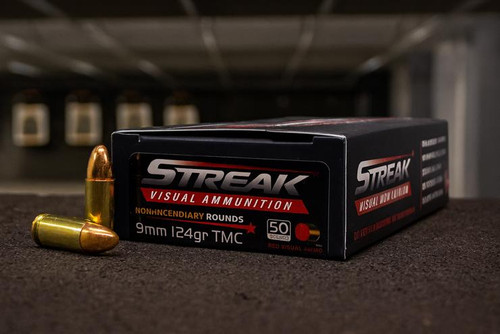Key Takeaways
- Choose magnification for distance and speed, not "more is better."
- LPVO 1-6x balances CQB speed and practical reach to about 300 yards, with skilled use extending farther.
- FFP long-range optics simplify holds across the zoom range.
- Prism scopes = rugged, compact, fixed power.
- Scout optics: light, generous eye relief, forward mount.
- A 3× magnifier extends red-dot range (not a scope).
Rifle scopes come in many styles for a good reason. Reports from precision competitions show LPVOs often beating high-magnification scopes at mid ranges, about 200 to 300 yards. Not because the glass is better. It’s the lighter weight and faster target changes that help you in real use. Different tools for different jobs: that guides smart optics picks.
Scope Basics You Actually Need
Before diving into specific models, let's cover how rifle scopes actually work. A riflescope uses multiple lenses that work together to magnify your target. Inside, the objective lens gathers light, the erector system corrects the inverted image and adjusts magnification, and the ocular lens delivers the final view to your eye.
Magnification & Role
- 1-6x LPVO - Perfect for general AR use from close quarters to medium range
- 3-9x - Classic magnification for big-game hunting in varied terrain
- 4-24x/5-25x - Ideal for precision shooting at long distance
- Fixed power - Simpler, more rugged options for specific applications
FFP vs SFP
First Focal Plane (FFP) scopes keep subtensions true across all magnification levels - great for ranging and holdovers at any zoom level. Second Focal Plane (SFP) scopes are usually more budget-friendly but require ranging at a specific power setting.
Reticles
ACSS-style reticles offer built-in ranging and holdover points, a huge advantage for quick shots. Simple duplex reticles are clean and uncluttered for hunting. Illuminated reticles help in low light but don't expect them to perform like dedicated red dots.
Mounting & Height
AR-15s typically work best with mounts at 1.54"–1.93" height. Always torque rings and bases to spec, and double-check your eye relief before finalizing the position.
For shooters who value speed, long eye relief, and lightweight setups, check our Top 5 Best Scout Scopes Reviewed for proven options.
What are the best rifle scopes
Leupold VX-Freedom 3-9×40mm (SFP)
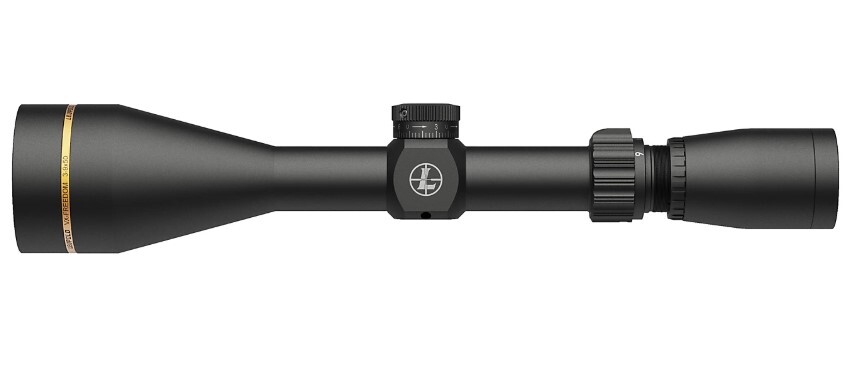
The Leupold VX-Freedom 3-9x stands out for classic big-game hunts. This wide zoom range covers dense woods and open fields with ease. You get close-in speed at 3x. You get steady reach at 9x. That spread fits most tags and most seasons.
Glass stays clear at both ends of the dial. Edges stay clean with no odd waves or haze. The view stays bright at first light and last light. Those are the moments when animals move, so that brightness matters.
Eye relief is forgiving. Fast shots still line up when your cheek weld is not perfect. That extra room helps when a buck steps out or your stance feels awkward. Small errors matter less, and your shot still lands.
Hunters praise how it handles recoil on bigger calibers and keeps zero. The duplex reticle gives a bold center without clutter. You see your aim, not a mess of lines. Simple works when your heart rate jumps.
Price: around $250–$300 (street)
Features
- 3–9× magnification range ideal for varied hunting terrain
- Generous eye relief for quick acquisition
- Lightweight build that won't unbalance your rifle
- Weather-resistant construction for all-season hunts
Pros
- Crisp, clear image at both 3× and 9×
- Tough, dependable construction that handles recoil
- Easy to zero and maintain zero
- Great match for traditional bolt-action hunting rifles
Cons
- SFP design means holdovers only work at one magnification
- Limited advanced reticle options compared to tactical scopes
- No built-in illumination for extreme low light
Primary Arms PLx 6-30×56 (FFP)
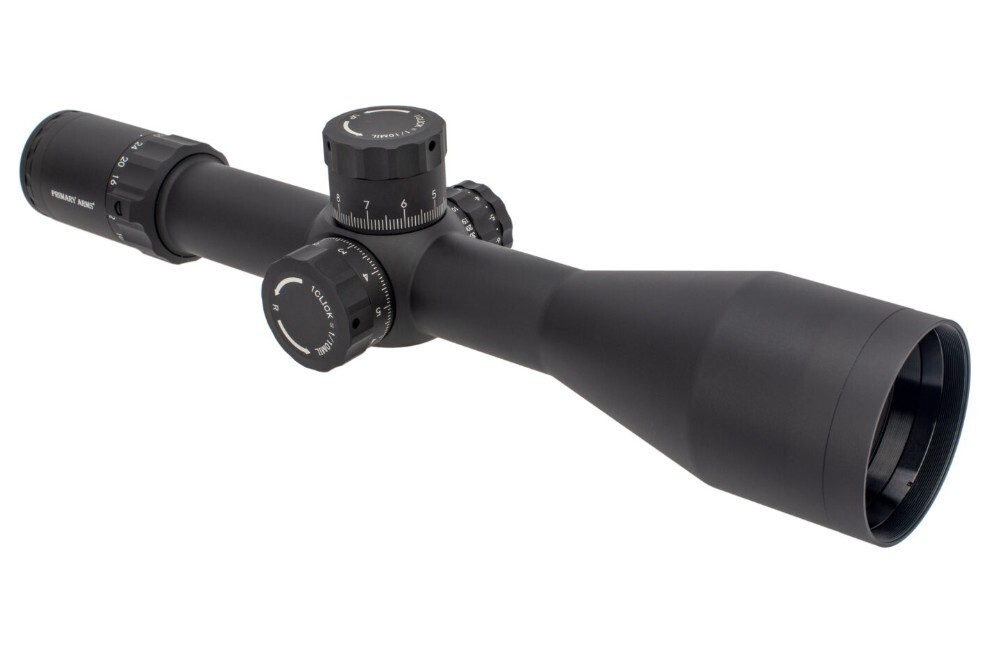
The Primary Arms PLx 6-30x56mm shows how far modern optics have come. It uses premium Japanese glass for a sharp, clean view. Many compare it with models that cost far more. You get high-end clarity without breaking the bank.
The standout here is how sharp the image stays at high power. Many scopes fade past 15x or 18x. This one remains impressively sharp even at high magnification, holding clarity better than many competitors up to 25–30x
The turret feel and tracking are where many premium scopes truly earn their keep. Each click on the PLx is positive and precise, and tracking tests from users show it returns to zero consistently after dialing significant elevation or windage. This consistency matters tremendously for serious long-range work.
The Athena reticle option offers the best performance for precision shooting, with clean, usable subtensions that don't overpower the sight picture at low power but provide precise aiming points at distance. The eyebox remains surprisingly forgiving even at high magnification - you don't need to be robotically consistent with cheek weld to maintain a clear view.
Price: $1,500
Features
- 6–30× magnification range with 56mm objective lens
- FFP reticle that maintains accurate subtensions at all powers
- Precise, tactile elevation and windage adjustments
- Zero stop feature to prevent under-rotation
Pros
- Top-tier glass clarity rivaling much more expensive options
- Excellent tracking for consistent returns to zero
- Competitive price point compared to similar-performing glass
- Well-designed reticle options for different shooting disciplines
Cons
- Heavier and bulkier than hunting-oriented scopes
- Some reticle options feel too thick at maximum magnification
- Overkill for AR-15s or typical shooting under 400 yards
Primary Arms SLx 1-6×24 Gen IV (SFP, Nova ACSS)
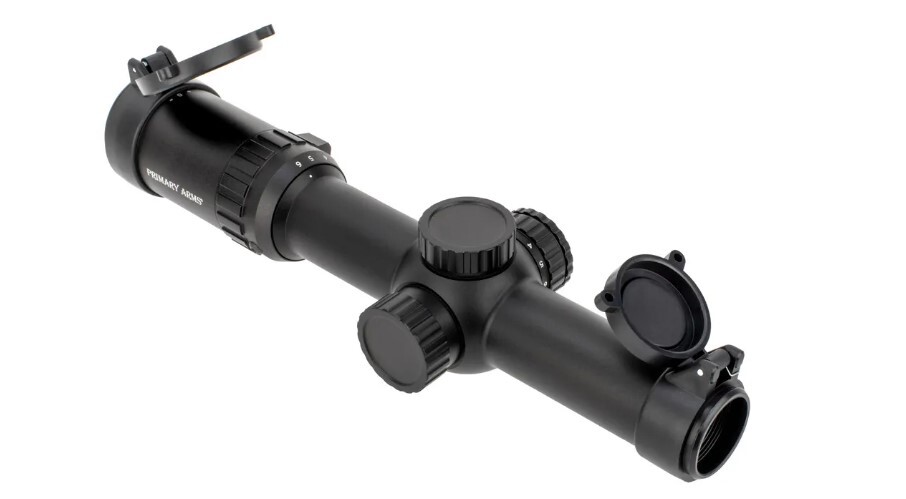
The Primary Arms SLx 1-6x24 Gen IV hits the sweet spot for AR-15 owners looking for one do-it-all optic. The daylight-bright illuminated center dot competes favorably with red dots at 1x, letting you keep both eyes open for close-quarters speed.
What makes this LPVO special is the ACSS reticle system, which includes bullet drop compensation marks, ranging features, and lead holds for moving targets. This practical system takes the guesswork out of mid-range shots, especially valuable when shooting 5.56/.223 to its practical limits.
The glass quality takes a noticeable step up from the Gen III version, with better edge-to-edge clarity and improved light transmission. This matters most at 6x when you're trying to identify and engage targets at 300-400 yards in less-than-perfect lighting conditions.
The scope's 1x performance deserves special mention - it has minimal distortion and feels very close to a true 1x, unlike some budget LPVOs that have a slight fisheye effect. This makes transitioning from close to mid-range targets much more intuitive and faster.
Price: $349
Features
- 1–6× magnification range ideal for AR-15 platforms
- BDC holds are calibrated at 6x, so you’ll want to confirm zero and ranging at full power.
- Robust build quality designed for hard use
- Free mount often included in promotions
Pros
- Very practical magnification range from 0–400 yards
- Intuitive reticle speeds up target engagement
- Good glass clarity for the price point
- Daylight-bright center dot works well in bright conditions
Cons
- SFP design means BDC is only perfectly calibrated at one power
- Heavier than a micro red dot setup
- Illumination isn't quite as bright as dedicated red dots
Vortex VMX-3T 3× Magnifier
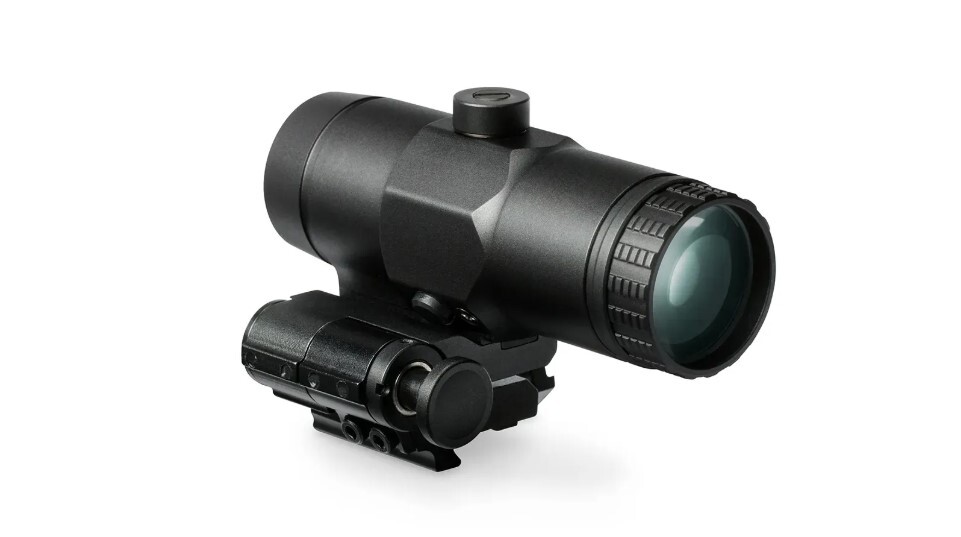
The Vortex VMX-3T magnifier sits in a category all its own - it's not technically a scope, but rather a 3x magnification module that sits behind a red dot or holographic sight. This combination gives you the best of both worlds: lightning-fast 1x performance with your dot, plus 3x magnification when you need it.
What separates this magnifier from others in its price range is the glass clarity and the smoothness of the flip mount. Lower-quality magnifiers often have significant distortion or color fringing, but the VMX-3T maintains a clean image with minimal optical artifacts.
The flip-to-side mount deserves special praise - it's solid when deployed but flips away with authority when you don't need magnification. The positive lock keeps it from flopping around during movement or recoil, a common complaint with cheaper alternatives.
For AR-15 owners who already have a red dot they love, adding this magnifier extends the practical range of that setup to 200-300 yards without replacing the entire optic. It's a cost-effective way to gain versatility without starting from scratch.
Price: $169
Features
- 3× fixed magnification module
- Flip-to-side mount for quick transitions
- Compatible with most standard-height red dot sights
- Adjustable eye relief to match your setup
Pros
- Clean, clear image for the price point
- Fast and positive flip mechanism
- Affordable way to extend a red dot's range
- Simple installation on most standard mounts
Cons
- Not a standalone optic - requires a red dot
- Adds weight and bulk to your existing setup
- Eye relief is more particular than with LPVOs
Trijicon ACOG TA648 6×48
![]()
The Trijicon ACOG line set the bar for tough, fixed-power glass. The TA648 brings 6x for more reach than the classic 4x models. That makes sense for marksman roles and precise AR builds. You get a steady image, a bright view, and rugged build in one package.
What makes the ACOG legendary is its absolute bombproof construction. These optics have survived IED blasts, been dropped from helicopters, and continued to hold zero in the most punishing environments imaginable. The forged aluminum housing is practically indestructible in normal use.
The unique combination of fiber optic and tritium illumination means you never need batteries - the reticle automatically adjusts brightness based on ambient light conditions. This dual-illumination system works brilliantly in real-world use, from bright desert conditions to low-light scenarios.
Its heavy build adds durability but also extra weight, which some users find stabilizing but most consider a tradeoff. . For precision applications on semi-auto platforms, this provides a tangible advantage.
Military optics like the ACOG have an interesting history that dates back decades. The evolution of scope technology has accelerated dramatically in the 21st century, with today's optics offering capabilities that previous generations could only dream about.
Price: $2,199
Features
- Fixed 6× magnification with 48mm objective
- Etched reticle with dual-illumination system
- Extremely rugged forged aluminum housing
- Includes mount for standard Picatinny rails
Pros
- Legendary durability proven in combat conditions
- Excellent glass clarity with good light transmission
- No batteries needed for illumination
- Substantial weight helps stabilize sight picture
Cons
- Heavy compared to variable optics (especially the TA648)
- Fixed magnification limits versatility
- Premium price point
- Less forgiving eye relief than some modern options
Vortex Viper PST Gen II 5-25×50 (FFP)
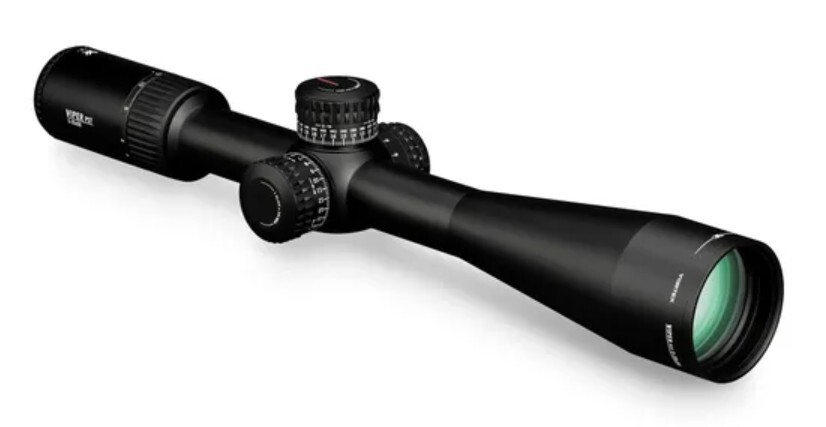
The Vortex Viper PST Gen II 5-25x50 hits a sweet price-to-performance point for precision work. If your goal is to stretch past 800 yards often, this scope can carry you there. You get features from higher tiers at a cost many can handle. It is a strong match for range days and match use.
Glass quality sets the base, and this one delivers. Clarity feels above its price class. Edges stay sharp at high power. Light pull stays strong at dawn and dusk, which covers common start times for matches and hunts. You see more in low light, and you hold your aim longer.
The tactile, clearly defined turrets provide one of the best adjustment experiences in this price range. Each click is positive and audible without being overly stiff, and tracking tests from 3rd party users consistently show accurate return to zero after dialing significant adjustments. The zero stop feature prevents under-rotation - a crucial feature for field use.
As a First Focal Plane (FFP) scope, the reticle scales proportionally with magnification changes, meaning holdover and windage marks remain accurate throughout the entire zoom range. This eliminates the mental gymnastics required with Second Focal Plane scopes, where subtensions are only accurate at one magnification level.
Price: $999
Features
- 5–25× magnification with 50mm objective lens
- FFP reticle for consistent subtensions across all powers
- Zero-stop turrets with crisp, tactile adjustments
- Robust construction backed by lifetime warranty
Pros
- Excellent glass clarity for the price point
- Reliable, repeatable turret adjustments
- Reticle remains usable across the entire power range
- Strong value proposition for precision shooting
Cons
- Fine reticle lines can feel thin at lowest magnification
- Heavier than dedicated hunting scopes
- Still a significant investment for casual shooters
Primary Arms SLx 3× Prism
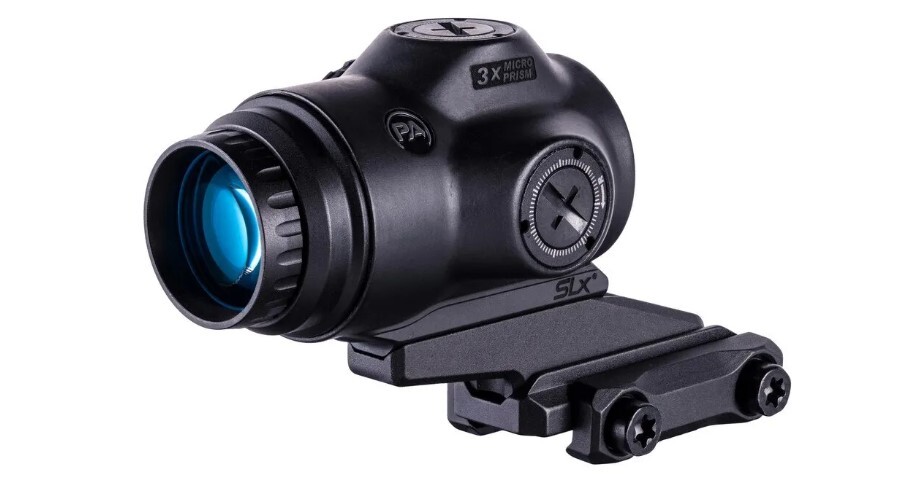
The Primary Arms SLx 3x Prism scope offers the perfect middle ground between red dots and traditional magnified optics. At a fixed 3x magnification, it provides just enough zoom to positively identify targets and make precise shots without the complexity of variable power systems.
What sets this prism apart is the ACSS-CQB reticle, which combines a large center ring for quick close-range acquisition with bullet drop compensation marks for distance shooting. The etched reticle design means it works with or without illumination - a significant advantage over red dots if your battery dies.
Prism scopes use fewer lenses and moving parts than traditional scopes. It results in a more compact and durable package. The SLx 3x maintains zero through thousands of rounds and stands up to rough handling in ways that surprise many users familiar with more delicate optics.
For AR-15 owners who find red dots insufficient for their needs but don't want the weight and complexity of an LPVO, this prism hits a sweet spot. It's light enough not to unbalance your rifle but provides enough magnification to meaningfully extend your effective range.
Price: $289
Features
- Fixed 3× magnification in a compact package
- Etched ACSS-style reticle with illumination
- Durable construction with fewer moving parts
- Includes mount for standard Picatinny rails
Pros
- Lightweight and robust design
- Etched reticle works even without power
- Excellent value for the performance
- Simple operation with no magnification ring to adjust
Cons
- Fixed power limits flexibility compared to variable optics
- Eye relief is more critical than with red dots
- Not ideal for very close quarters without training
- Illumination isn't as bright as dedicated red dots
Leupold VX-Freedom Scout 1.5-4×28 (SFP)
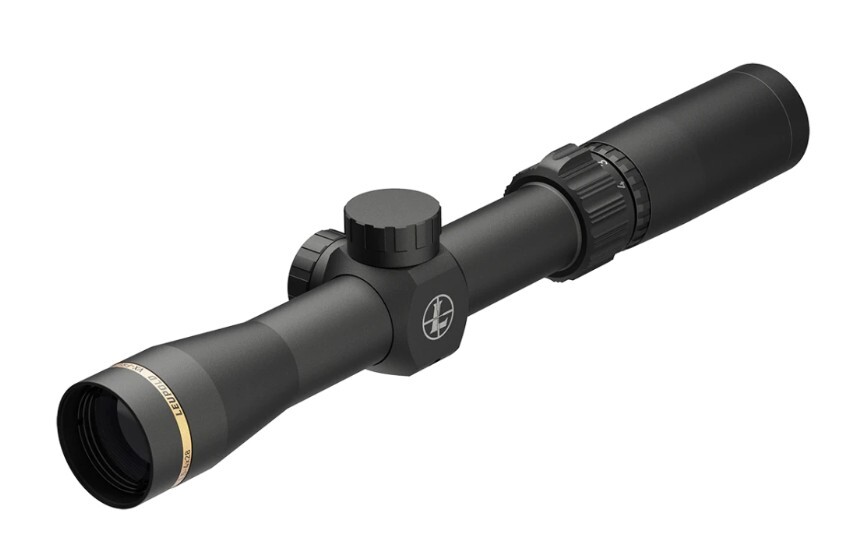
The Leupold VX-Freedom Scout 1.5-4x28mm embodies the scout rifle concept pioneered by firearms expert Jeff Cooper. With its extended eye relief and forward-mounting design, this scope creates a unique shooting experience focused on speed and situational awareness.
What immediately stands out is the scope's incredible weight — at just over 11 ounces (~11.1 oz, without mount), it’s lighter than most competitors and preserves rifle balance in the scout scope category. This matters tremendously on scout rifles designed for all-day carry and quick handling. The scope preserves the balance of the rifle instead of making it front-heavy.
The extended eye relief (typically 6+ inches) allows mounting the scope ahead of the receiver, maintaining your peripheral vision and situational awareness. This forward mounting also permits rapid reloading of some bolt actions and keeps the top of the receiver clear for emergency iron sight use.
The magnification range of 1.5-4x hits the sweet spot for the scout rifle concept - enough magnification for precision at moderate ranges without sacrificing the quick target acquisition that defines the platform. The simple duplex reticle complements this philosophy with a clean, uncluttered sight picture.
Price: $349
Features
- 1.5–4× magnification with extended eye relief
- Forward-mounting design for scout rifle concept
- Extremely lightweight at approximately 9 ounces
- Weather-resistant construction for field use
Pros
- Ultra-light design for all-day carry
- Fast target acquisition with forward mounting
- Clear glass with good low-light performance
- Maintains peripheral vision and situational awareness
Cons
- Limited top-end magnification compared to standard scopes
- Requires proper forward rail for mounting
- Less versatile than standard LPVO designs
- Specialized concept not suited for all shooting styles
Vortex Strike Eagle 4-24×50 (SFP)
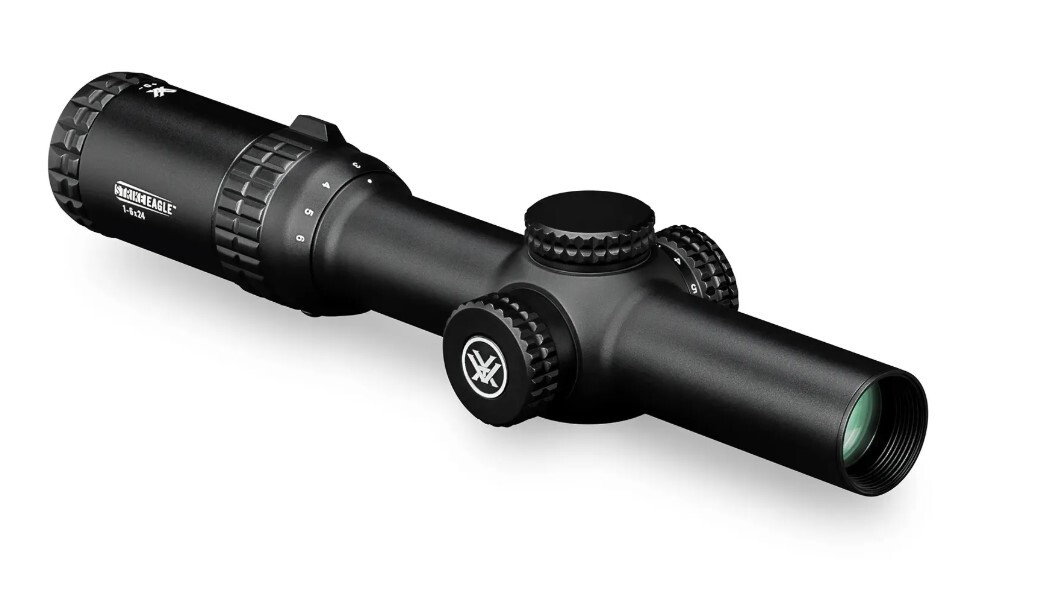
The Vortex Strike Eagle 4-24x50 has become a gateway drug for many shooters entering the long-range world. At a price point that won't break the bank, it offers magnification and features previously available only in much more expensive optics.
Glass clarity is surprisingly good for this price range, especially from 4x through about 18x where most practical shooting happens. At the extreme high end, there's some expected loss of clarity compared to premium optics, but the scope remains very usable throughout its entire range.
The reticle design offers a good balance between simplicity and functionality, with enough reference points for holdovers and wind calls without becoming cluttered. As a Second Focal Plane (SFP) design, these references are calibrated to one specific magnification, typically maximum power.
Tracking performance - how accurately the scope returns to zero after adjustment - is where this scope really shows its value. Many budget scopes fail this critical test, but Tracking is solid for its price class, though not as refined as higher-end precision scopes.
Price: $330–$400
Features
- 4–24× magnification range with 50mm objective
- SFP reticle with holdover and windage references
- Tactical-style turrets with reset feature
- Solid warranty support from Vortex
Pros
- Excellent value for entry into long-range shooting
- Usable glass clarity across practical magnification range
- Good tracking for accurate returns to zero
- Wide magnification range covers most shooting scenarios
Cons
- SFP design means holdovers are only calibrated at one power
- Eye box becomes more critical at highest magnifications
- Turret feel isn't as refined as premium options
- Some edge clarity loss at highest magnifications
Rifle Scope Comparison Table
| Use Case | Pick | Type | FFP / SFP | Standout |
|---|---|---|---|---|
| Budget Long-Range | Vortex Strike Eagle 4-24×50 | Variable | SFP | Value glass, big zoom |
| AR Generalist | PA SLx 1-6×24 Gen IV | LPVO | SFP | Daylight-bright center, ACSS holds |
| Duty - Rugged | Trijicon ACOG (TA648/TA31) | Prism | Fixed | Bombproof, etched reticle |
| Scout Rifle | Leupold VX-Freedom Scout 1.5-4× | Variable | SFP | Light, generous eye relief |
| Big-Game Hunt | Leupold VX-Freedom 3-9× | Variable | SFP | Field-proven clarity |
| Compact Value | PA SLx 3× Prism | Prism | Fixed | Small, durable, ACSS-style |
| Precision Step-Up | Vortex Viper PST Gen II 5-25× | Variable | FFP | Better glass, tactile turrets |
| Premium Long-Range | Primary Arms PLx 6-30×56 | Variable | FFP | Japanese glass, elite tracking |
| Red-Dot Add-On | Vortex VMX-3T Magnifier | Magnifier | — | Flip-to-side, clear image |
Note: FFP = First Focal Plane; SFP = Second Focal Plane.
How to Choose
Finding the right scope doesn't need to be complicated. Follow this simple decision path:
- Define distance + target size. Be honest about how far you'll actually shoot and what you're aiming at.
- Pick a magnification window. For AR-15s and general use, an LPVO (1-6x) works great. For hunting, 3-9x is classic. For true long range, look at 4-24x or 5-25x. For compact simplicity, fixed 3x or 4x works.
- Select reticle style. Do you want simple crosshairs or something with holdover marks? ACSS-style reticles help with ranging and hold but look busier.
- Decide FFP vs SFP. The first focal plane keeps holdovers accurate at all magnifications but costs more. The second focal plane is typically brighter and cheaper.
- Confirm mounting/eye relief. Make sure your scope mount matches your rail, and that eye relief works for your shooting position.
- Test tracking/zero. Confirm your scope returns to zero after adjustment, and record your dope for future reference.
The Department of Homeland Security categorizes magnifying rifle scopes as essential equipment for law enforcement applications. They recognize their importance for accurate target identification and engagement at distance.
What are the pro tips for using a rifle scope?
- Zero your scope at a practical distance. For AR-15s, a 50/200 yard zero gives you point-of-aim/point-of-impact from 0-250 yards with minimal holdover.
- Keep a dope card taped to your stock or in a data holder. Verify your holds seasonally, as temperature and elevation affect trajectories.
- If using an SFP scope, memorize your reticle's "true" magnification for ranging. Usually this is maximum power, but check your manual.
- Practice shooting with both eyes open at 1x with LPVOs. This speeds up transitions and maintains situational awareness.
- Get proper torque specs for your scope mount and use a torque wrench. Over-tightening can damage your scope tube.
An interesting historical note: The first practical rifle scope appeared in the 1830s, with John R. Chapman documenting Morgan James’s design in 1844—a milestone in riflescope history.
If you want one optic that balances close-range speed with mid-range accuracy, our Best 1–6x LPVOs & 16x-equivalent scopes guide highlights the strongest performers.
Conclusion
Pick the scope that fits your needs and your style. The right choice is the one that helps you hit under your normal conditions. Price alone does not decide it. Fit and function do.
For AR-15 builds, an LPVO like the Primary Arms SLx 1-6x Gen IV blends close speed with mid-range reach. For hunts, the Leupold VX-Freedom 3-9x covers the classic use case with ease. For long-range work, look to FFP options like the Vortex Viper PST Gen II or the Primary Arms PLx line.
Your optic only works as well as the mount and the person behind it. Use solid rings or a tested one-piece mount. Follow torque specs. Train often. That is how you get full value from your glass.
Frequently Asked Questions (FAQs)
Is 1-6x enough for 400 yards?
Yes—with good holds and target size. ACSS-type reticles help significantly at these distances, especially with 5.56/.223 ballistics.
FFP or SFP for beginners?
SFP is fine for starting out. Move to FFP when holds and ranging across different magnification levels become important to you.
Is a prism better than an LPVO?
They're different tools. Prism scopes are lighter, tougher, and simpler, but LPVOs offer more flexibility with variable magnification.
Does illumination replace a red dot?
No—illumination helps with visibility in low light, but even the brightest LPVO reticles aren't as fast as a true red dot at 1x.
Are ACOGs outdated?
Not at all—they remain elite options for durability and simplicity. Modern alternatives offer different features, not necessarily better performance.
Is a 3× magnifier a scope?
No, it's an accessory that adds magnification to a red dot or holographic sight, not a standalone optic.
It's worth noting that many rifle scopes that were once classified as "military specifications" no longer require special import permits. The ATF clarified this regulation change in recent years. It makes more options available to civilian shooters.
About the Author
This article was written by the ProArmory writing team. We used current research from trusted sources, including the Journal of Military Science, Firearms News, and the National Shooting Sports Foundation. We also drew from official defense publications and respected firearm authorities such as the ATF, the NRA, and factory manuals.
Disclaimer: This guide is for education only and is not legal advice. Laws change by place, so check local rules on firearm accessories. ProArmory is not liable for actions based on this text. Handle all firearms with established safety rules in mind.




 Pro Armory Editorial Team
Pro Armory Editorial Team